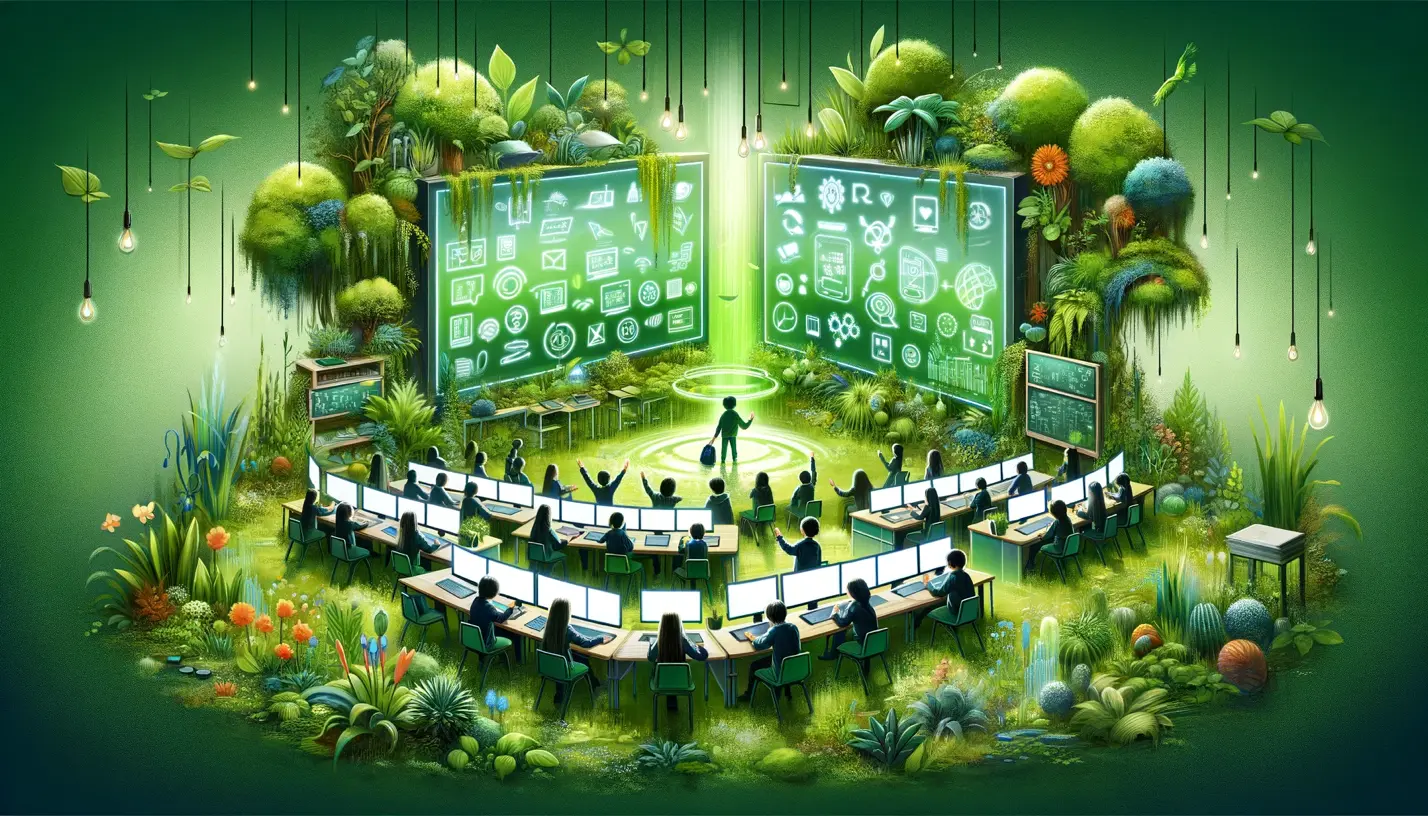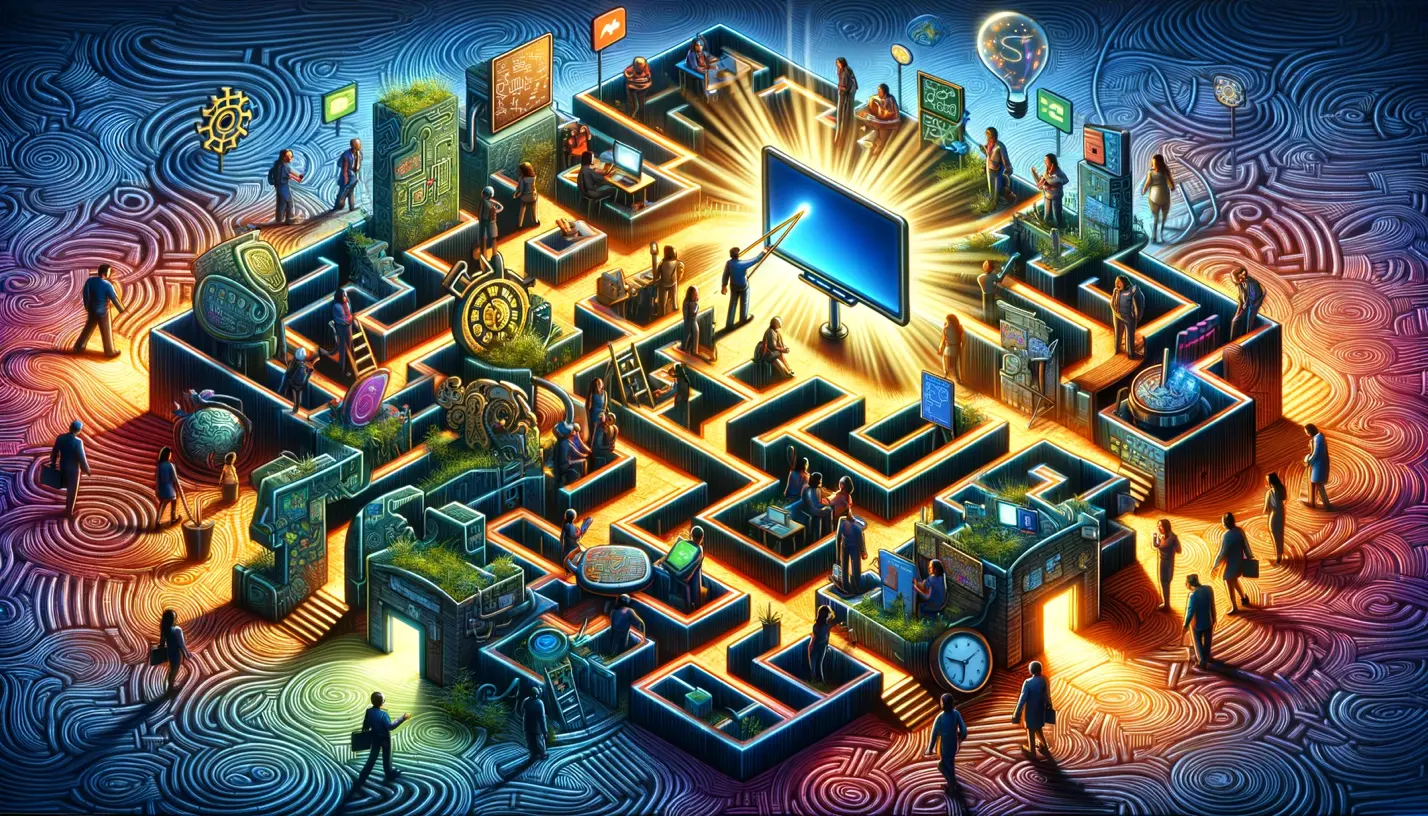How Using Smart Boards Helps Reduce Carbon Footprint In Education
I. Introduction
Knowing the relationship between technology and education is never more crucial. With the introduction of new technologies in our schools, one of the most significant breakthroughs is the advent smart boards. Digital whiteboards that are interactive can be used as effective learning tools that integrate seamless operation, high-quality media, and collaborative capabilities to enhance learning.
But far beyond the functional benefit, an important part of Smart Boards contributes to sustainable development. The traditional teaching method, which relies on chalkboards and whiteboards and even paper, have ecological consequences that require addressing. That’s why Smart Boards are a vital instrument in the pursuit of eco-friendly practices and a major change towards eco-friendly the field of education.

II. Green Education and Technology
As environmental issues become more pressing and environmental concerns, attention is being placed focused on eco-friendly education and encouraging environmentally friendly practices at schools. Implementing measures such as recycling as well as energy conservation programs is the core of the effort.
The technology industry is also executing an extremely important role. By embracing digital technology schools are actively working towards reducing the environmental footprint of their operations and moving toward more eco-friendly, sustainable techniques of operation. One technology that can help facilitate this transformation is called the Smart Boards. It is a symbol of eco-friendly education, by dramatically cutting down on resource waste and encouraging energy efficiency.

III. Smart Boards and Reduced Paper Use
Education is among the largest customers of papers. From notebooks and textbooks to exam papers and report cards The reliance on paper is substantial. However, with Smart Boards, we have an option that’s viable. They not only eliminate the need for chalkboards, or whiteboards but they drastically reduce the use of paper, and in the end reduce our total carbon footprint. There are numerous schools across the globe that have been successful in transitioning to smart boards. For instance, the International School of Denver, as an example, has reduced paper usage by 45% within two years. This is an important environmental accomplishment.

IV. Efficiency in Energy Intelligent Boards in comparison to Traditional Whiteboards
Let’s discuss energy consumption. Blackboards, or whiteboards, per are not energy-consuming in themselves. However, their lifespan – including distribution, manufacturing as well as disposal is a major energy use. Smart Boards On contrary, consume power, yet they are able to contribute significantly to saving energy over the long time. They can eliminate the requirement for additional lighting, have greater durability and lesser cooling of rooms, an important factor in the reduction of energy consumption.
In addition to providing benefits for education and a lower environmental footprint, the lessening of the effect of Smart Boards over the course of time is an excellent argument to incorporate them into schools across the globe.

V. Other Eco-Friendly Advantages of Smart Boards
In evaluating the longevity of Smart Boards, you can be sure that they are significantly longer-lasting than their conventional counterparts. The durability of the boards reduces the rate of replacement as well as waste. Furthermore, the implementation of technology that is smart eliminates the necessity for transporting physical textbooks, thereby reducing carbon emissions. These factors all add up and make Smart Boards an environmentally friendly security guardian that is poised to change the educational landscape to improve the quality of education.

VI. Overcoming Challenges in Implementing Smart Boards
To fully maximize the benefits of green technology, It is essential to overcome the obstacles which hinder Smart Boards implementation. In the beginning, it is an obstacle, which is why it’s crucial to tackle this issue, and also highlight the benefits of long-term investment by a reduction in consumption of paper and electricity.
The policies of the government and their incentives greatly assist in the transition. In particular, incentives to implement green technologies or partnership with tech firms could facilitate the transition, and allow smart boards a viable alternative for schools around the world.
VII. Summary and Conclusion
Smart Boards are a major step towards integrating education and environmental conservation. Smart Boards offer a variety of benefits, such as a reduction in paper usage as well as energy efficiency and reduced waste. All of which contribute to less carbon emissions.
Yet, a collective effort is vital to maximize the benefits. Humans can measure our advancement by the way we integrate new technologies like Smart Boards into our daily lives and keep an eye on the protection of our natural environment, and working towards the most sustainable low carbon future.
Frequently Asked Questions :
1. What can Smart Boards do to help reduce carbon footprints in schools?
Through reducing paper usage as well as energy consumption and the production of waste Smart Boards could play a major part in reducing the carbon footprint of an organization.
2. What are the primary issues in implementing Smart Boards at the scale that they are currently being used on? How do they get solved?
The main issue lies in the first financial commitment. This could be addressed through government assistance or partnerships with tech companies and making clear the cost savings that are a result of reducing paper and energy consumption.
3. What role do regulation and government have in promoting smart boards in the classroom?
The government could offer a subsidy for green technology, develop policies to promote green technologies or form collaborations with tech companies to help with this transition.
4. What are alternative technologies in the near future that could provide the similar benefits of Smart Boards for cutting carbon footprints?
Other technologies, such as online learning platform, online whiteboard and digital assessment tools have a lot of potential for reducing carbon footprints in the field of education.
5. What’s the energy consumption difference between traditional and Smart boards?
Although Smart Boards consume electricity, they can contribute to overall energy efficiency by reducing the need for auxiliary lighting that require less cooling in rooms, and allowing for an extended life span, thus creating a net-positive effect.
Newsletter
Comments

